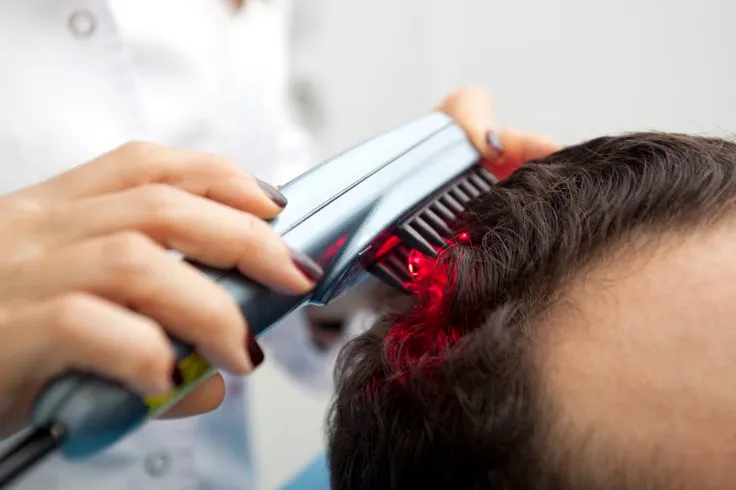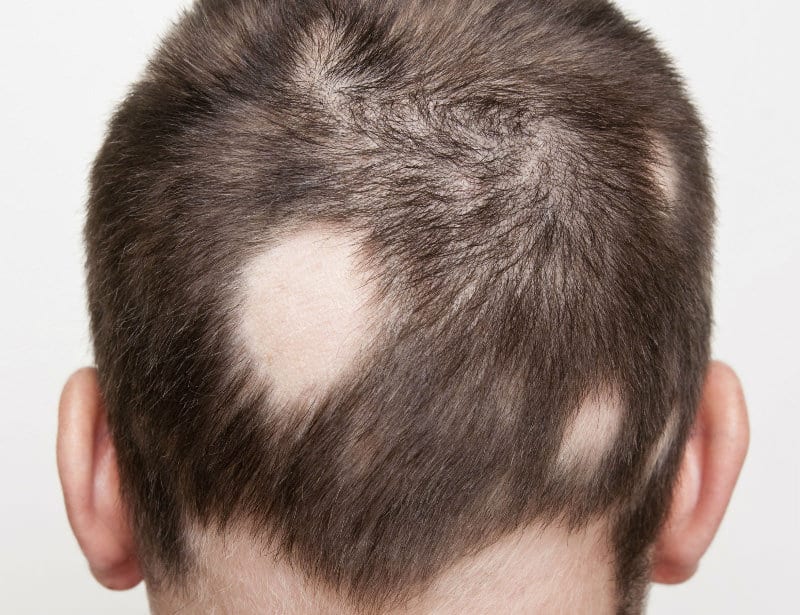Struggling with hair loss and wondering what actually works today? The latest research on hair regrowth reveals promising breakthroughs in stem cell therapy, novel drug compounds, and advanced delivery methods like microneedles.
In this article, you’ll discover how cutting-edge science is transforming the way we treat hair loss, offering faster, safer, and more effective regrowth solutions. Read on to explore expert-backed insights, real patient potential, and what’s coming next in hair restoration.

Deep Dive into the Latest Research on Hair Regrowth
Recent scientific discoveries have shifted the hair restoration landscape from cosmetic quick fixes to biologically driven therapies that target hair follicles at the cellular level.
Stem Cell-Based Breakthroughs
Stem cells are now central to many regrowth solutions. A University of Virginia study uncovered a group of upper follicle stem cells responsible for signaling hair regeneration. This could explain why follicles go dormant in some individuals and remain active in others.
Meanwhile, researchers in Spain combined adipose-derived stem cells (from body fat) with ATP (a natural energy molecule) and injected the mix into balding mice. The result? Over 100% hair regrowth—significantly outperforming standard treatments.
[Medical Reviewer Note Needed Here]
Small-Molecule Activators (PP405)
A UCLA-led team developed a topical small molecule known as PP405, which stimulates stem cells without injections or surgery. Early results show this compound rapidly activates dormant follicles, potentially matching or exceeding minoxidil performance with fewer side effects.
While still in pre-clinical stages, these findings mark a major step toward practical, non-invasive regrowth therapies.
Transdermal & Delivery Innovations
Innovative delivery systems are helping therapies penetrate deeper into the scalp for greater effectiveness.
Microneedle Patches & Scalp Delivery
Microneedling—already popular in dermatology—has been refined into a patch form. These patches deliver active ingredients like growth factors or PRP directly into the dermal layers, enhancing follicular absorption and reducing surface irritation. Clinical studies show increased regrowth rates when used with topical agents like minoxidil or stem cell serums.
Exosome & Nanocarrier Therapy
Exosomes (tiny vesicles secreted by stem cells) are being engineered to carry follicle-repair signals into the scalp. Early trials demonstrate significant hair density improvement without inflammation. Nanocarrier systems—another new class—help transport active compounds past the scalp barrier without breaking the skin.
Adjunct Technologies You Should Know
Regrowth is no longer limited to medications alone. Several technologies are enhancing or complementing medical treatments.
Low-Level Laser Therapy (LLLT)
LLLT uses red light wavelengths to stimulate mitochondrial activity in follicles. FDA-cleared devices like laser helmets or combs can increase hair density over 12–24 weeks. While not as fast-acting as drugs, it’s non-invasive and free of systemic side effects.

2-Deoxy-D-Ribose (2dDR) Natural Sugar Therapy
Recent research suggests 2dDR, a natural sugar, promotes angiogenesis (formation of new blood vessels) in the scalp, indirectly aiding follicle health. Studies show potential regrowth when combined with topical agents or microneedling, though more human trials are needed.
Holistic Factors & Lifestyle Influences
Hair regrowth isn’t just about drugs—it’s about your whole biology.
- Nutrition: Iron, zinc, biotin, and protein intake are vital for follicle strength.
- Stress: Elevated cortisol levels can accelerate the shift into the shedding phase (telogen effluvium).
- Sleep & Recovery: Follicle stem cells activate during deep sleep; poor rest disrupts their cycle.
- Intermittent Fasting: One study linked fasting with longer stem cell viability, but balance is key.
Clinical Pipeline & Biotech Treatment Landscape
Several pharmaceutical and biotech companies are racing to bring advanced regrowth therapies to market.
- Breezula (Clascoterone): A topical anti-androgen for male and female pattern hair loss. Phase III trials are in progress.
- Olumiant & Litfulo: JAK inhibitors approved for alopecia areata—now being studied for androgenic alopecia.
- Giuliani Labs: Developing bio-enhanced PRP with growth factor boosters.

FAQs: What Readers Are Asking
What is the most promising research today?
Stem cell activation via small molecules like PP405 and exosome delivery is are top contender.
How close are human trials?
Several therapies are in late-stage trials, with limited availability through clinical programs or research centers.
Are these treatments safe?
Many are still being tested, but early safety profiles for microneedles, exosomes, and LLLT appear favorable. Always consult a qualified specialist.
When can I expect results?
Most new therapies require 3–6 months for visible changes, with continued improvement up to a year.
Can lifestyle changes help?
Yes—stress reduction, balanced diet, and sleep optimization support follicular recovery and complement clinical treatments.
Next Steps
Book a Consultation with Dr. Rana Irfan, an ABHRS and ISHRS-certified surgeon in Islamabad Today. Explore how emerging hair regrowth treatments may work for you. From microneedling to personalized PRP and laser therapy, we offer medically reviewed options tailored to your needs.
